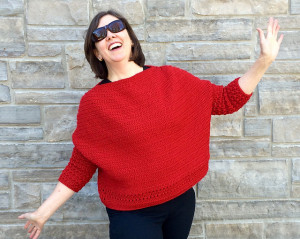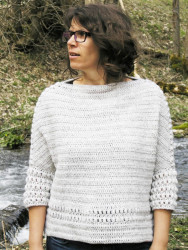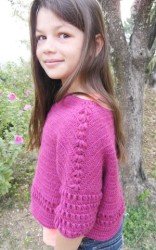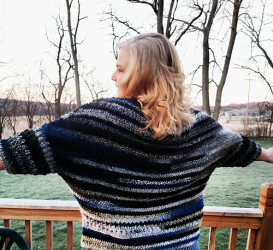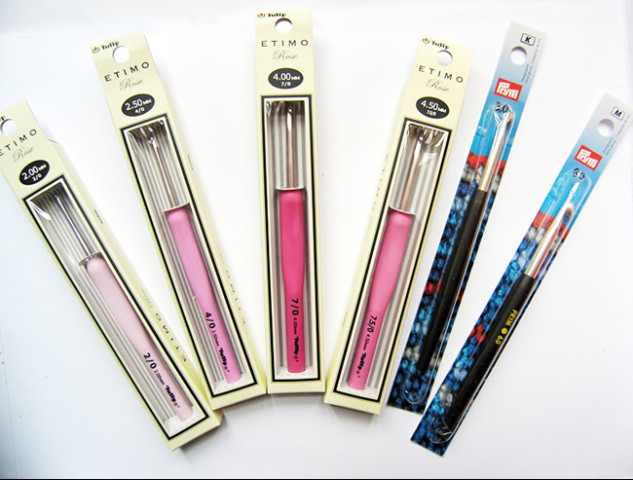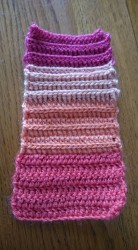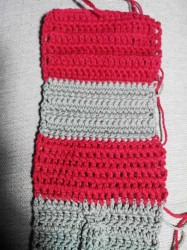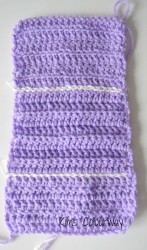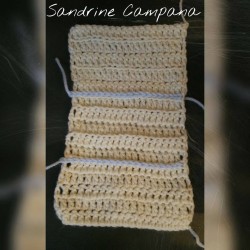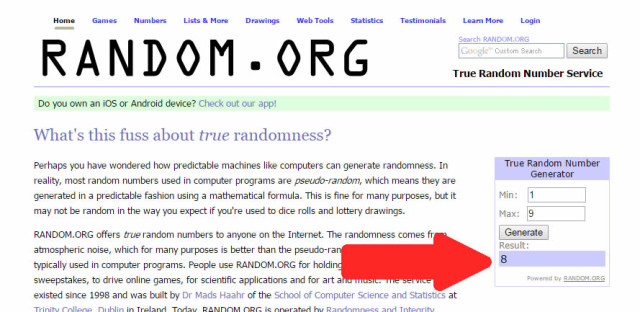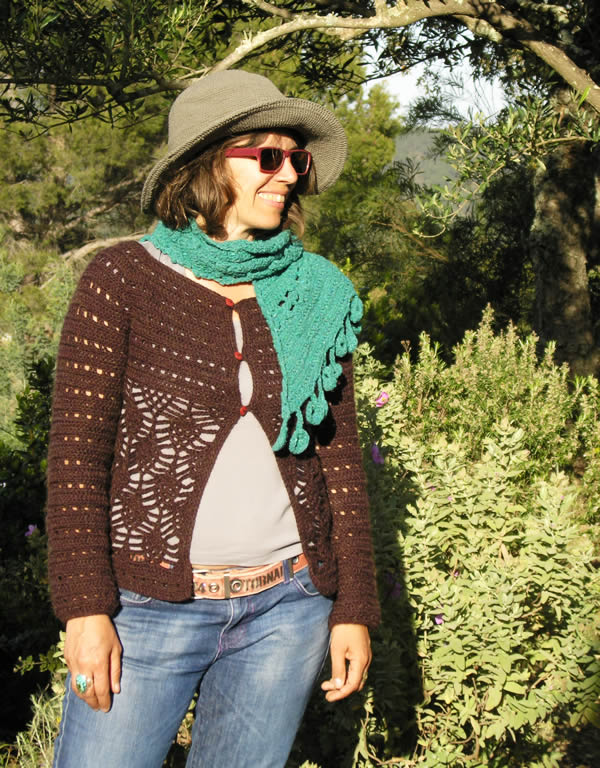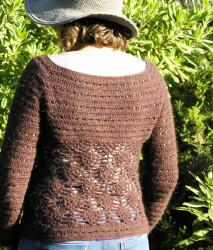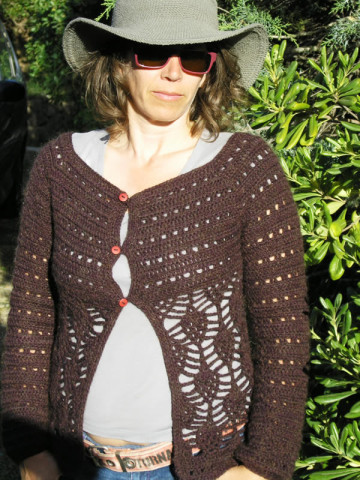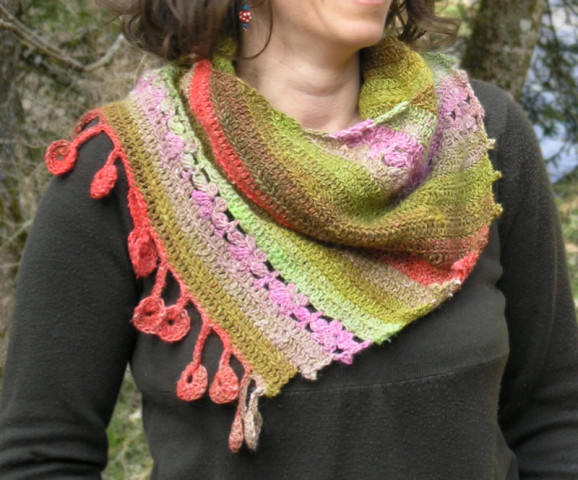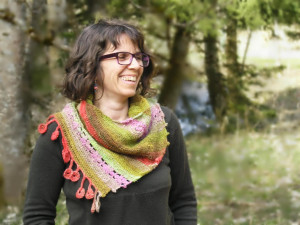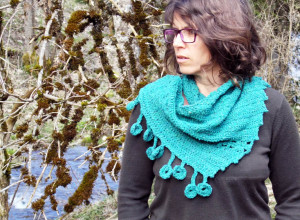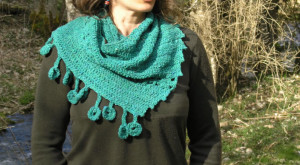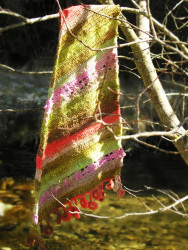Crochet hook review 3 – FURLS Odyssey and Candy shop – JIMBO’s front porch hook
Are your wrists sometimes sore from crocheting ?
You inherited a collection of old plain hooks and now you’re dreaming of enhancing your stash with pretty colorful hooks ?
Or maybe the yarn sometimes snag into the head of the hook, and you wonder whether you could find more efficient/precise hooks ?
Last weeks we started to review 5 different brands and types of crochet hooks and ergonomic hooks: ADDI swing and colors, CLOVER soft-touch and amour, KNITPRO waves, and I shared the results of my tests along with 2 fellow crocheters to make the review more objective and thorough.
Then we tested more hooks, with the PRYM soft and ergonomics, TULIP ETIMO rose, SUSAN BATES silvalume .
Deepest thanks to all the brands who generously sent hooks for us to test (with no influence on our results): ADDI crochet hooks- PRYM crochet hooks – CLOVER crochet hooks – JIMBO’s front porch crochet hooks – TULIP ETIMO crochet hooks
First, here’s a reminder of the specifis of all 3 crocheters who shared their opinions in this test, along with some info on each of us:
The comfort of the handle is my own most important criteria in choosing a hook. I will always prefer a comfortable grip of the handle over a super precise head. I don’t really mind unraveling a stitch that wasn’t caught right, but I need to have a good hold of my hook. And if it’s pretty, that’s even better.
3/ And me… Sylvie Damey. – “Left-hander, holding my hook with a knife grip. No real joint issues, yet sometimes my wrists feel a bit rusty. In those cases, I’ll try to alternate the “working hand” even though my hook always remain in the right hand.
I crochet mostly sweaters, and as such, I’m always looking for speed and efficiency. If the yarn tends to snag or if I have to pull each loop through one-by-one, I just loose patience instantly !
My most important criteria on a hook is thus the precision and efficiency of the head of the hook. All the rest comes after.
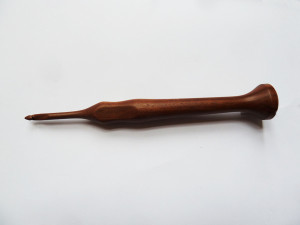
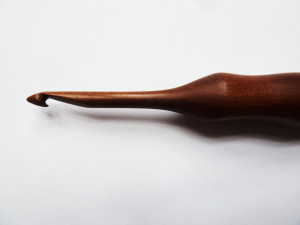
Crochet hook JIMBO’s front porch hook
TECH: Each hook made by Jimbo is made of wood and ENTIRELY sculpted by hand. He usually picks pieces of wood on his property and hand carves a hook out of it. I highly encourage you to read about his process and all the work involved on his blog.
Weight of a 5 mm hook: 25.6 grams
Length: 18.4 cm
Average price: between $30 and $60, as they are auctionned on Jimbo’s blog
Pros:
1/ Beautiful hook and an impressive head ! So happy I discoved this hook
2/ Most excellent. Amazing lightness and grip in the hand, perfect hold of the yarn. I was expecting it to be heavy but the handle is very light, and thick. This is surprisingly super confortable especially for somebody who has arthritis. I love this hook which would definitively by my everyday crochet hook wasn’t it for the high price !
3/ An incredibly precise and efficient head. The handle is perfect with the ultimate thumb-rest. This hook is even more amazing when you know it was made all by hand…
Cons:
1/ The handle is too big and the hook stand at its end unbalances slightly the hand. It’s really too bad because otherwise it’s really great to hold in your hand. The effort towards perfect esthetics took away some of the comfort…
2/ The price takes away all my desires to buy one..
3/ The stand at the end of the handle is a bit heavy and feels like it unbalances th ehook. It’s a shame because it would be just perfect otherwise. (but Jimbo is so nice he was very keen to hear what we thought, and might change that on future hooks..)
In ONE word this hook is:
A very beautiful object – A must – Amazing
*********************************
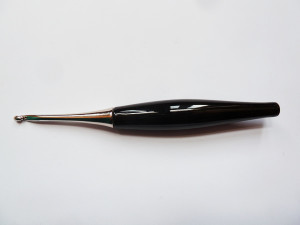
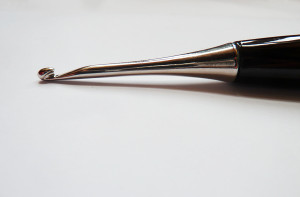
Crochet hook FURLS odyssey
TECH: head and shank in metal. Handle is in slick resin, looking like piano keys, very elegant.
Weight of a 5 mm hook: 36.7 grams
Length: 17 cm
Price: 30 $ + shipping from the US
Pros:
1/ Hem… it’s pretty ^^ Metal glides well.
2/ Decent grip of the yarn
3/ It’s a beautiful object and crochets nearly without any glitch (and I’m picky!). Crocheting with this hook is for me like a moment of pure bliss, appreciating each and every stitch I make with it.
Cons:
1/ I don’t like the fact that the groove is very shallow, with hardly any lip to hold the yarn. The shank gets wider as it meets the handle. It’s pretty but doesn’t help keeping even stitches. The weight of this hook is unbelievable (so heavy!). So dissapointing, I would have loved to love it…
2/ The looks, the price and the heavy weight of its handle.
3/ It’s a bit heavy. I made a sunhat with it, but I’m not too sure I could crochet a full sweater because of how heavy it is. Also, it’s expensive, esp. with shipping from the US when you live in Europe. AND my gauge is looser when I crochet with it. When I measure the shank with my hook-gauge, both my Odyssey hooks seem about 5 mm above their stated size. I read somewhere a lady had the same issue. Is is because of the design of those hooks, or a problem with their sizing ?
In ONE word this hook is:
Both pretty and dumb ! – Dissapointing – Beautiful
*********************************
Finally, I was the lucky winner of a hook on Moogly’s blog a few weeks ago. It was too late to include it with the other hooks for my fellow testers, but here’s already my own thoughts on it:

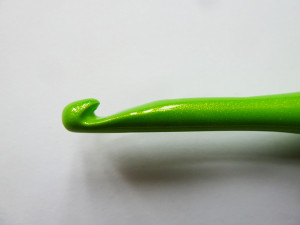
Crochet hook FURLS candy shop
TECH: This hook is made of resin, with several coats of glitter paint on top. Each size of hook is a slightly different design and a different color.
Weight of a 6 mm hook: 19.2 grams
Length: 14 cm
Average price: $50 + shipping from the US
Pros:
Despite its flat head which looked scary at first (I feared it would not poke through stitches properly), it crochets rather smoothly. The handle is short, with a large “tummy” which rests nicely inside my palm as I hold it as a knife.
Cons:
The price !! 50$ for a hook made out of resin sounds out of proportions to me. And the tiny flimsy box it was sent into looked a bit cheap, would certainly would be dissapointed if I had bought it at this price.
In ONE word this hook is:
Cute but outrageously expensive!
*********************************
+ read also:
Test of the PRYM Soft & Ergonomics, TULIP ETIMO Rose, SUSAN BATES Silvalume crochet hooks
Test of the high-end FURLS Odyssey, Candy shop crochet hooks, JIMBO’s front porch hooks
+ Coming soon:
Anatomy of a crochet hook, and criteria to take into account when choosing the right hook for YOU
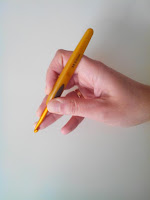
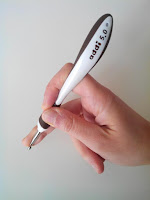

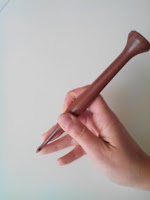

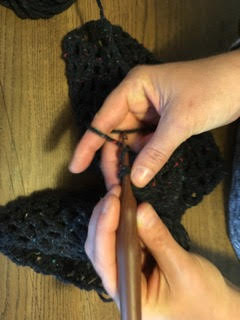





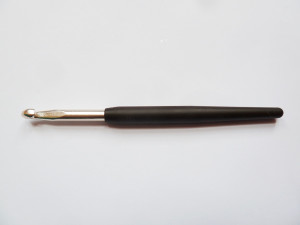
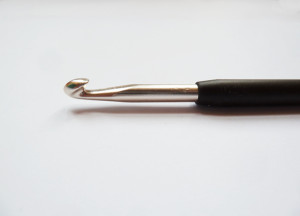
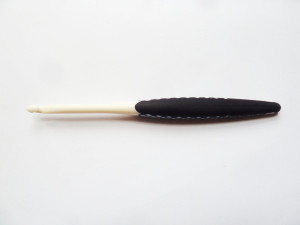
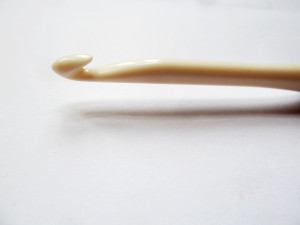
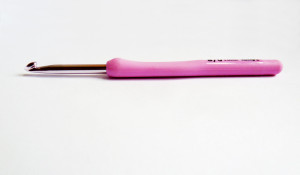
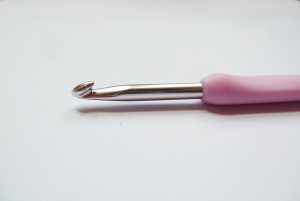



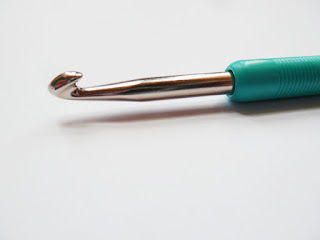


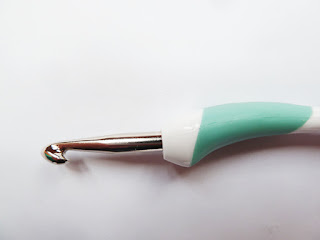
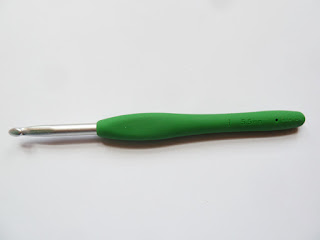


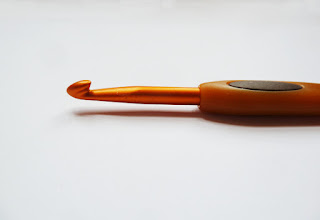


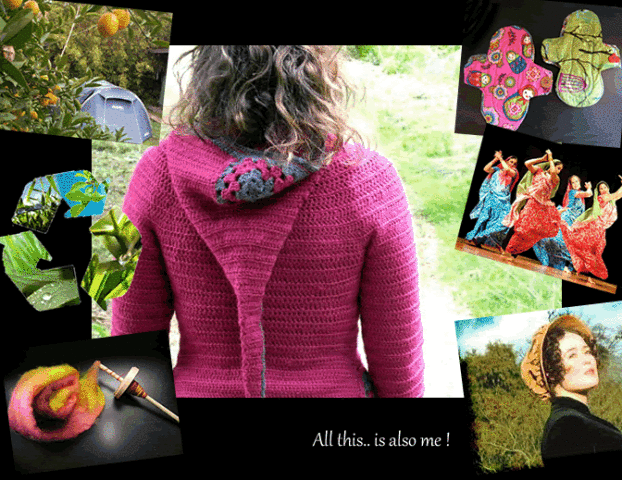


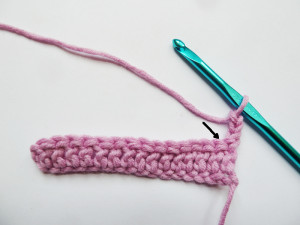







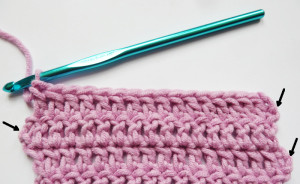







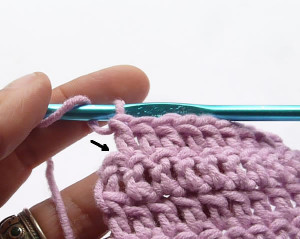




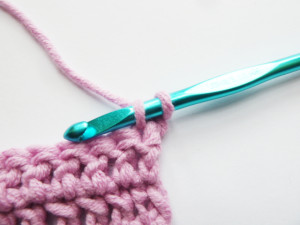

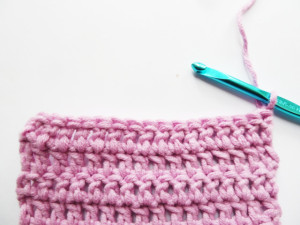

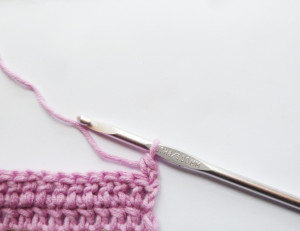
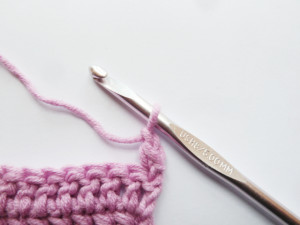

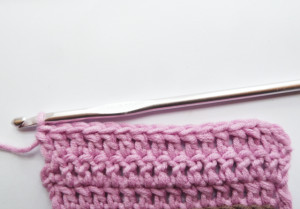

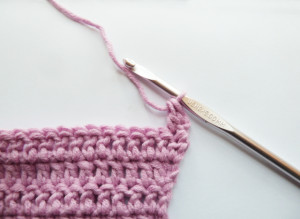
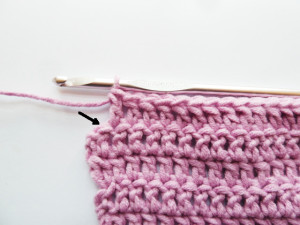



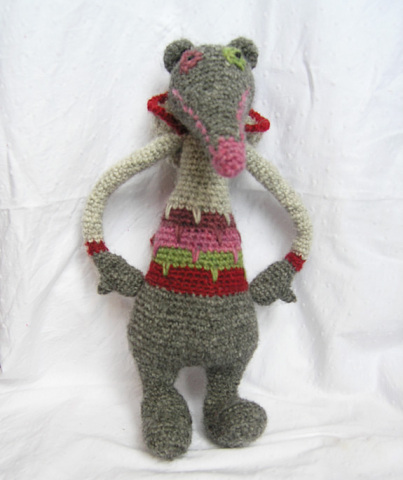
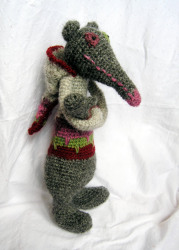
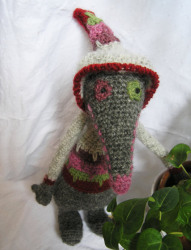
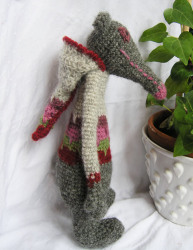
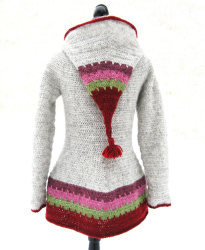 ]
]
